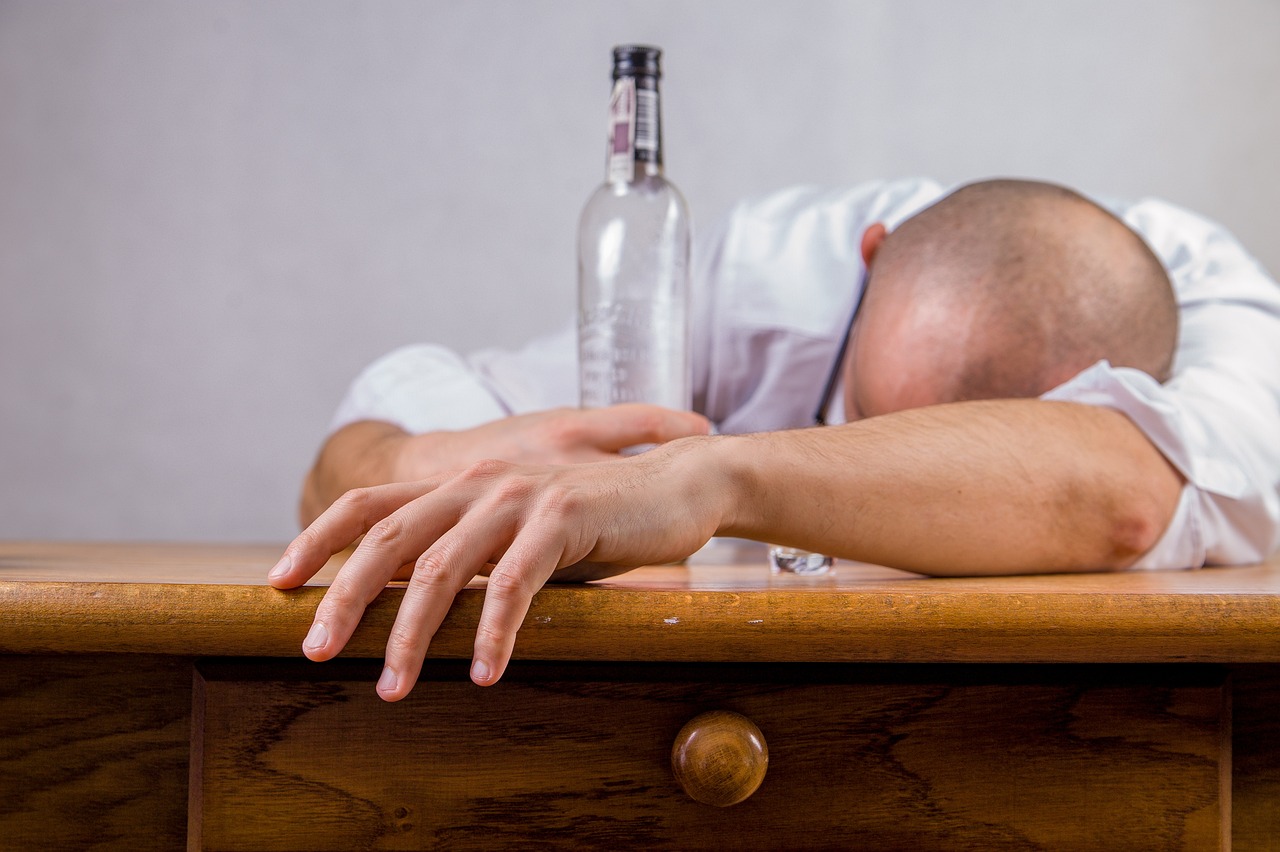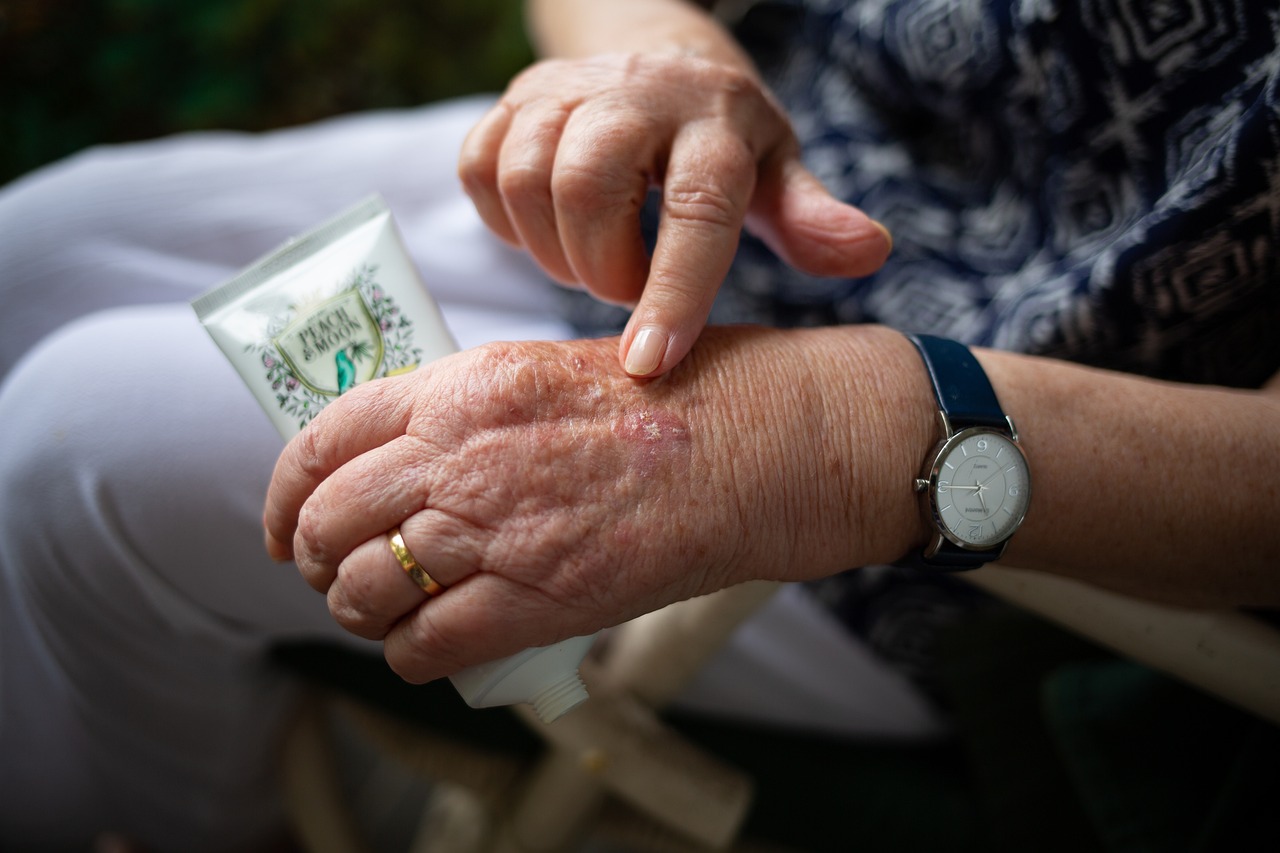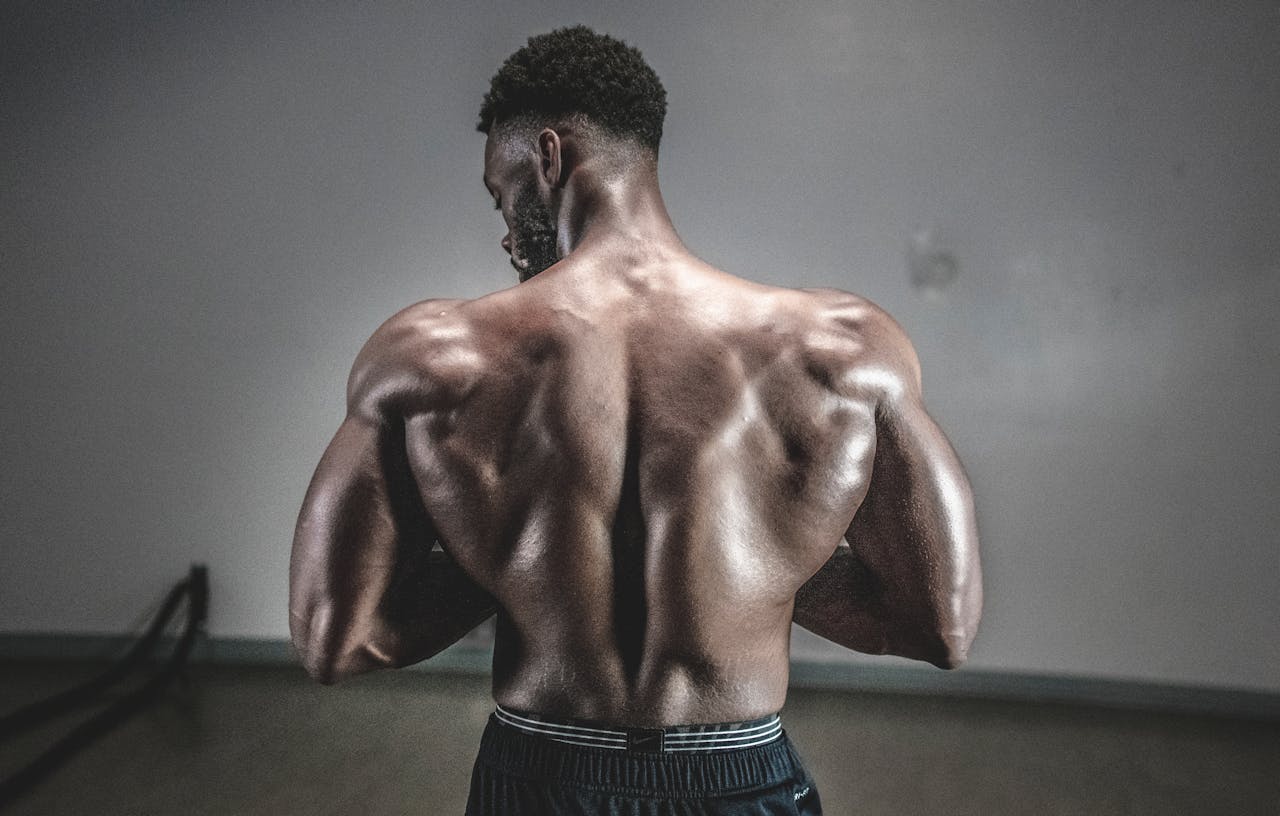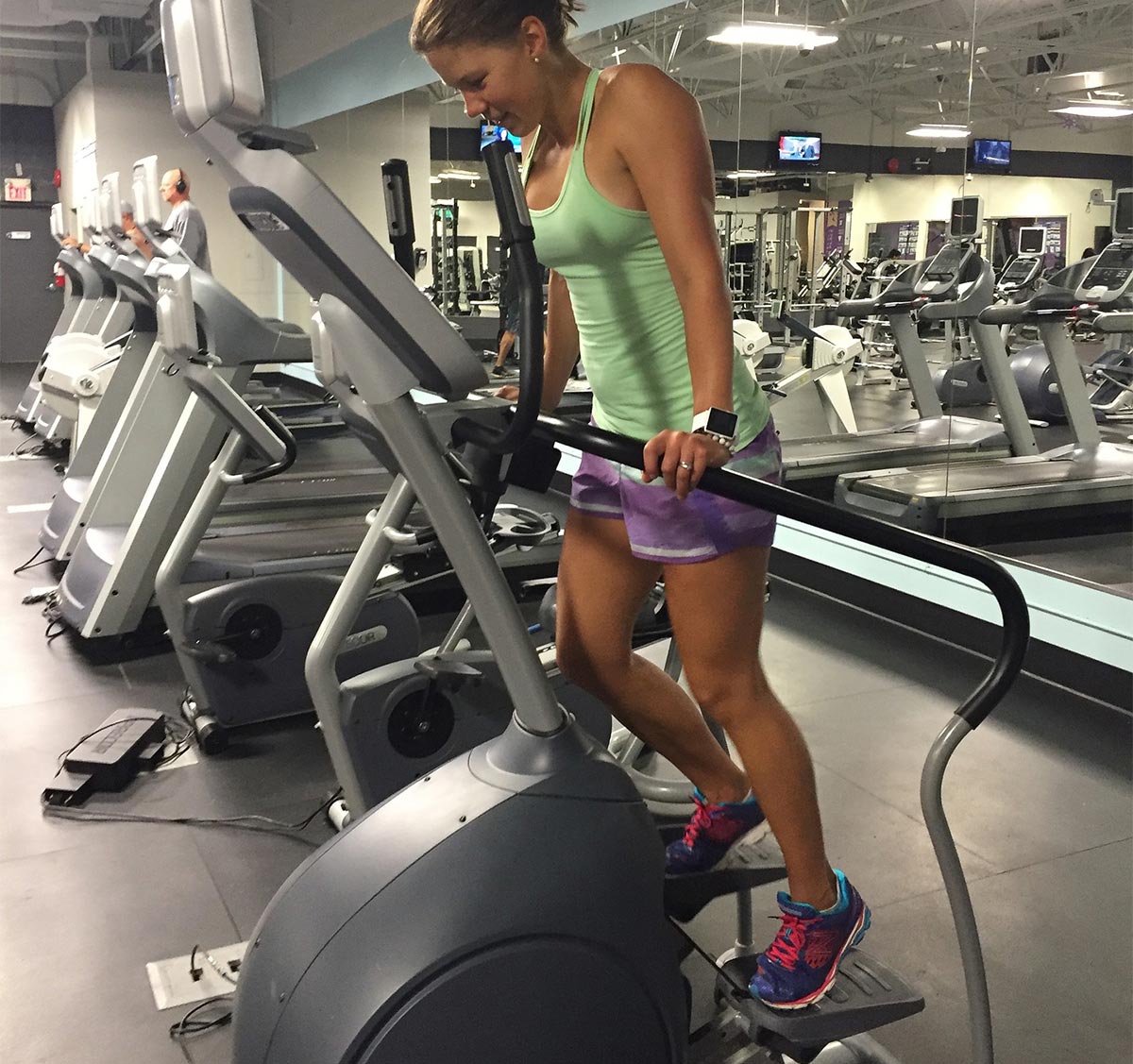Alcoholic beverages have a long and intertwined history with human culture, dating back to ancient civilizations. In ancient Egypt, around 4,000 B.C., beer and wine were considered essential staples, even more important than bread and meat, and were often attributed to divine origin. Today, our understanding of alcohol and its effects on the human body has significantly advanced. This article delves into the complexities of alcohol consumption, exploring its caloric content, its impact on body composition, its influence on appetite and metabolism, and its effects on various bodily functions, particularly in the context of training and fitness goals. This information is intended to provide a comprehensive overview of alcohol’s effects, allowing individuals to make informed choices.
Alcohol’s Calories and Body Fat: The Empty Calorie Conundrum
From social gatherings to celebrations, alcohol has become deeply ingrained in many cultures. Its effects range from sedation to disinhibition, with diverse motivations driving its consumption. However, the negative aspects of alcohol are also well-documented, including its addictive potential, performance-reducing effects, mental impairment, and association with various health problems like diabetes and liver cirrhosis. Furthermore, the link between alcohol consumption and motor vehicle accidents contributes to a significant number of fatalities each year.
One often-overlooked aspect of alcohol consumption is its impact on body composition. Alcohol provides seven calories per gram, making it a significant source of energy. However, these calories are considered “empty calories,” meaning they offer no nutritional value like the calories derived from complex carbohydrates, proteins, and fats. Moreover, when alcohol is consumed alongside other macronutrients, the body prioritizes metabolizing the alcohol first. This process can delay or postpone fat burning, potentially leading to increased fat storage. This is why many diet plans, especially those focused on fat loss, advise against alcohol consumption.
Alcohol’s Impact on Metabolism and Fat Burning
As Dr. Atkins (Diet) pointed out, the body prioritizes burning alcohol as fuel when it’s present. This means that fat burning is temporarily halted until the alcohol is metabolized. While alcohol itself doesn't directly store as glycogen (the storage form of carbohydrates), the delay in fat oxidation can hinder weight loss efforts. After the alcohol is metabolized, the body returns to its previous metabolic state, such as ketosis or lipolysis (fat breakdown). However, the interruption of fat burning can be detrimental for those aiming to reduce body fat. While some diets may allow for limited alcohol consumption, such as wine or straight liquor with sugar-free mixers, the ideal scenario for optimal fat loss is to abstain from alcohol entirely. This ensures that the body can efficiently utilize stored fat for energy without interruption. This becomes especially important for individuals following specific dietary strategies like ketogenic diets.
Alcohol, Inhibitions, and Appetite: A Dangerous Combination
Alcohol consumption lowers inhibitions and weakens willpower and motivation, effects that intensify with increased intake. A person who would normally resist indulging in unhealthy foods may find their resolve weakened after consuming alcohol. This is further compounded by alcohol's appetite-stimulating effect. Because alcohol provides minimal nutritional value, it can trigger hunger and cravings, often leading to overeating.
A Canadian study demonstrated that consuming alcohol before a meal, compared to a carbohydrate-based drink, significantly increased the total caloric intake of that meal. This indicates that alcohol not only contributes its own calories but also encourages the consumption of additional calories from food. This combined effect can significantly hinder weight management efforts and contribute to weight gain over time. This is particularly relevant for individuals who are actively trying to lose weight or maintain a healthy body composition.
The Effects of Alcohol on the Body: Stomach, Kidneys, and Liver
Alcohol can have damaging effects on the lining of the stomach and esophagus, potentially leading to digestive issues and other health problems. It also places a significant burden on the kidneys and liver, the organs responsible for filtering toxins from the body. Excessive alcohol consumption can lead to serious health complications, including liver damage, kidney dysfunction, and even death in extreme cases.
The weakening of the stomach lining can impair digestion, negatively affecting metabolism and hindering weight loss efforts. The liver, crucial for detoxification and fat breakdown, is particularly vulnerable to alcohol's effects. During the detoxification process, the liver prioritizes metabolizing alcohol, which can interfere with its other functions, including fat metabolism. This interference can further contribute to fat storage and hinder weight loss. This emphasizes the importance of moderation and responsible alcohol consumption.
Alcohol and Testosterone: The Hormonal Impact
Alcohol consumption interferes with testosterone production, a hormone crucial for both men and women. Testosterone plays a significant role in fat loss and is also an anabolic hormone, meaning it supports muscle growth. Reduced testosterone levels due to alcohol consumption can hinder both fat loss and muscle building efforts. Lean muscle mass increases the body’s basal metabolic rate (BMR), the number of calories burned at rest. Maintaining and building muscle requires energy, while the body expends fewer calories maintaining fat tissue.
Therefore, by interfering with testosterone production, alcohol indirectly reduces the body’s ability to burn calories at rest. This negative impact on hormonal balance further underscores the importance of moderation or abstinence from alcohol, especially for individuals focused on fitness and body composition goals. This hormonal disruption can also have other negative health implications beyond fitness.
How the Body Processes Alcohol: Absorption and Metabolism
Approximately a quarter of consumed alcohol is absorbed directly from the stomach into the bloodstream, while the remainder is absorbed through the small intestine. Several factors influence the rate of alcohol absorption. The presence of food in the stomach slows down absorption, while carbonated beverages accelerate it. The alcohol percentage of the drink also affects absorption rate; higher alcohol concentrations are absorbed more quickly. Understanding these factors can help individuals make more informed choices about their alcohol consumption. The rate at which alcohol is metabolized by the liver also varies depending on individual factors such as genetics, body weight, and liver function. This variability explains why some individuals experience the effects of alcohol more quickly or intensely than others.
1 National Institute on Alcohol Abuse and Alcoholism (NIAAA). 2 World Health Organization (WHO). 3 Lieber, C. S. (2003). Alcohol: its metabolism and interaction with nutrients. *Annual review of nutrition*, *23*, 201-231. 4 Vatsalya, V., & Wu, G. Y. (2012). Reversal of alcoholic fatty liver by dietary nutrients: role of hepatic lipogenesis and fatty acid oxidation. *Journal of gastroenterology and hepatology*, *27*(8), 1251-1260. 5 Emanuele, M. A., & Emanuele, N. (2001). Alcohol’s effects on male reproduction. *Alcohol health and research world*, *25*(2), 116.













